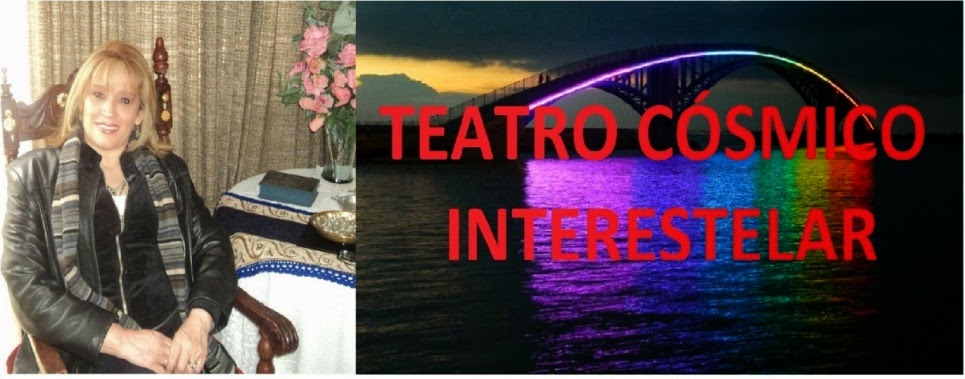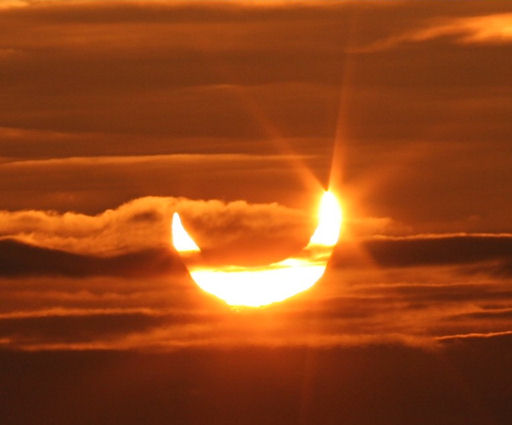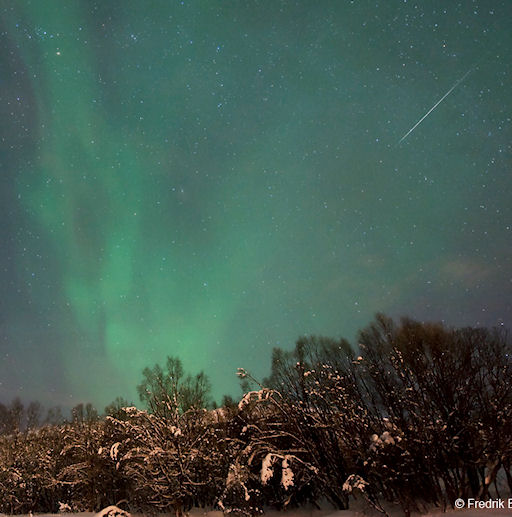|
| Turn your cell phone into a field-tested satellite tracker. Works for Android and iPhone. |
| |
DOUBLE SOLAR ECLIPSE: Not satisfied with an ordinary blow-your-socks-off partial eclipse (see below), celebrated photographer Thierry Legault traveled to the Sultanate of Oman to record a rare double eclipse. For a split-second on Jan. 4th the disk of the sun was partially covered by the Moon and the International Space Station: must-see photos. CRESCENT SUNRISE: Earlier today, the new Moon passed in front of the sun, slightly off-center, producing a partial solar eclipse and a fantastic crescent sunrise over Europe. Dennis Put sends this picture from Maasvlakte, The Netherlands: "The eclipse was absolutely stunning!" says Put. "At first some major cloud fronts threatened to hide the event. I was very pleased to meet the two peaks of the crescent Sun rising above the clouds around 9 o'clock."
more images: from Willy Schuppert of Amsterdam, the Netherlands; from Tunc Tezel of Ras Lanuf, Libya; from Rob Driessen of Maastricht, the Netherlands; from Jan Koeman of Westerschelde river, the Netherlands; from Wouter Verhesen of Sittard, The Netherlands; from Peter Rosén of Stockholm, Sweden; from Kari A. Kuure of Tampere, Finland; from Luke Broom-Lynne of Norfolk, United Kingdom; from Philippe Van den Doorn of Rixensart, Belgium; from Andrea Aletti of S.Maria del Monte (VA) Italy; from Rob Kantelberg of Sint Oedenrode, The Netherlands; from Robbert-Jan Westerduin of Nijmegen, The Netherlands
Stay tuned for (lots) more photos.
AURORAS AND METEORS: "Wow!" exclaims Fredrik Broms of Kvaløya, Norway. "[Last night], Earth's upper atmosphere got hit full force both by the solar wind, producing some amazing coronas in purple and green, and every now and then by a fragment from shattered comet 2003 EH1, source of the Quadrantid meteor shower." He took this picture using his Nikon D3:
"Bitter cold weather here in northern Norway made the photo-session a bit shorter than I hoped--indeed, my lens was completely covered in ice crystals--but I managed to catch some of the beauty of this cold night," says Broms.
Browse the links below for more snapshots of the first auroras and the first meteor shower of the New Year.
more images: from Yuichi Takasaka of Minnewanka Lake, Banff National Park, Alberta, Canada; from Cesar Cantu of Monterrey, México; from Ørjan Bertelsen of Birtavarre, Kåfjorden, Norway; from Frank Martin Ingilæ of Tana bru, Finnmark, Norway; from Therese van Nieuwenhoven of Laukvik, Lofoten, Norway; from Thomas Achermann of Törmäslompolo, Lapland, Finland; from Yuichi Takasaka of Banff National Park, Alberta, Canada; from James Beauchamp of Oklahoma City, OK;
December 2010 Aurora Gallery
[2010 Recap: Jan, Feb, Mar, Apr, May, Jun, Jul, Aug, Sept, Oct, Nov, Dec]
Potentially Hazardous Asteroids (PHAs) are space rocks larger than approximately 100m that can come closer to Earth than 0.05 AU. None of the known PHAs is on a collision course with our planet, although astronomers are finding new ones all the time.
On January 4, 2011 there were 1167 potentially hazardous asteroids. Notes: LD means "Lunar Distance." 1 LD = 384,401 km, the distance between Earth and the Moon. 1 LD also equals 0.00256 AU. MAG is the visual magnitude of the asteroid on the date of closest approach.
| The official U.S. government space weather bureau |
| The first place to look for information about sundogs, pillars, rainbows and related phenomena. |
| Researchers call it a "Hubble for the sun." SDO is the most advanced solar observatory ever. |
| 3D views of the sun from NASA's Solar and Terrestrial Relations Observatory |
| Realtime and archival images of the Sun from SOHO. |
| from the NOAA Space Environment Center |
| the underlying science of space weather |
|




No hay comentarios:
Publicar un comentario